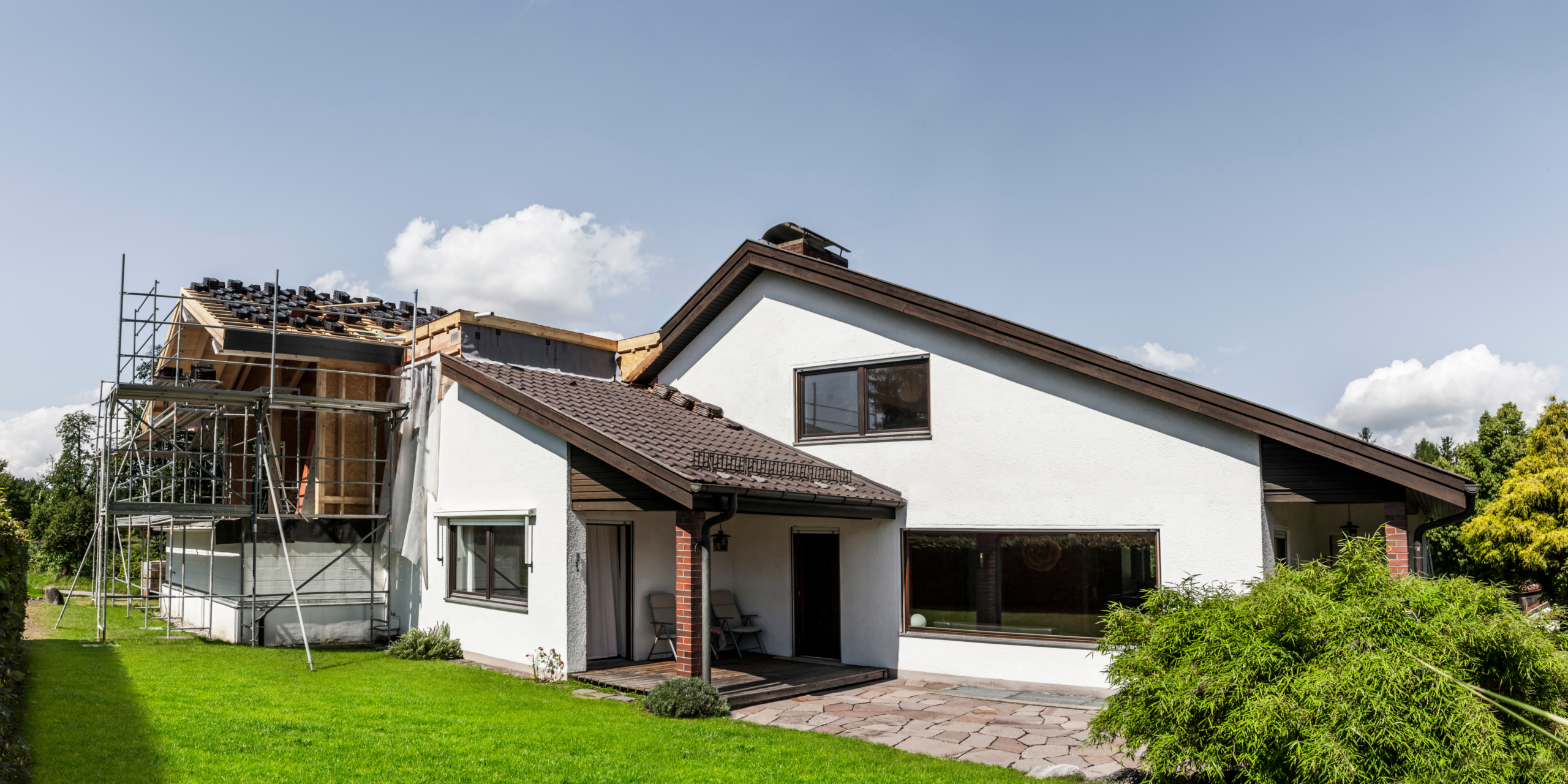
18 May Getting the Foundations Right When Extending Your Home
Have you considered building an extension for your home? You wouldn’t be alone. The cost of buying property is so high today that the most cost-effective way of upsizing is often to extend your current property, rather than moving.
However, extending your home has to be done in the right way, and there are many pitfalls for the unwary. In particular, it’s essential that you give the extension appropriate foundations.
Things to Consider When Extending Your Home
Planning a new extension requires decisions about a number of factors, in order to make sure it doesn’t end up in disaster. Broadly speaking, these divide into three categories:
- Ensuring you know what you want from your extension, including what you want to use it for and how much it’s likely to add to the property’s value.
- Getting the necessary permissions — you’ll certainly need planning permissions, but you should investigate any other permission required.
- Questions about designing and building your extension, including whether you need an architect and whether or not you’re going to stay at home during the construction — and whether you’ll need to strengthen the existing foundations.
What Do You Need from Your Foundations when Extending Your Home?
There are broadly three ways of extending your home — outwards, downwards or upwards. If you’re going to raise the roof and add an extra storey, you will be increasing the load on the existing foundations, which will mean your home may need to be underpinned. This is most effectively achieved by means of mass concrete underpinning.
If you’re having an extension built onto the side of your home, it will need to be constructed on its own foundations. These could be mass concrete strip foundations put in before the building begins, although there are many reasons to consider mini-piling. It’s vital to ensure that the foundations are adequate — which will depend, among other things, on the ground conditions, access and whether your extension has one or two storeys.
What Issues Might Arise with the Foundations for Your Extension?
It’s easy to assume that an extension would only need simple foundations. However, our experience in being called in to improve existing foundations for extensions has shown that this is often not true at all.
In one case, for example, very shallow foundations had caused settlement, leading to a significant movement of the extension. We used screwpiling, a type of mini-piling, to distribute the weight down to a more secure level, stabilising the extension.
In other cases, we’ve encountered extensions that were built on poor-quality ground, such as waterlogged soil. This doesn’t support the weight, even though the original foundations seemed substantial. Again, our solution is normally to drive or screw mini-piles down to a more solid level.
Foundations for Your Extension Need an Expert
Most of these problems have arisen from the original contractor being a general construction company that didn’t specialise in foundations. If your builder doesn’t have a dedicated section for foundations and underpinning, it’s best to bring in a specialist firm to make sure the foundations are fit to be built on.
If you’re looking for piling contractors in London, the surrounding areas or South East England, you can contact U&M to discuss your needs.




